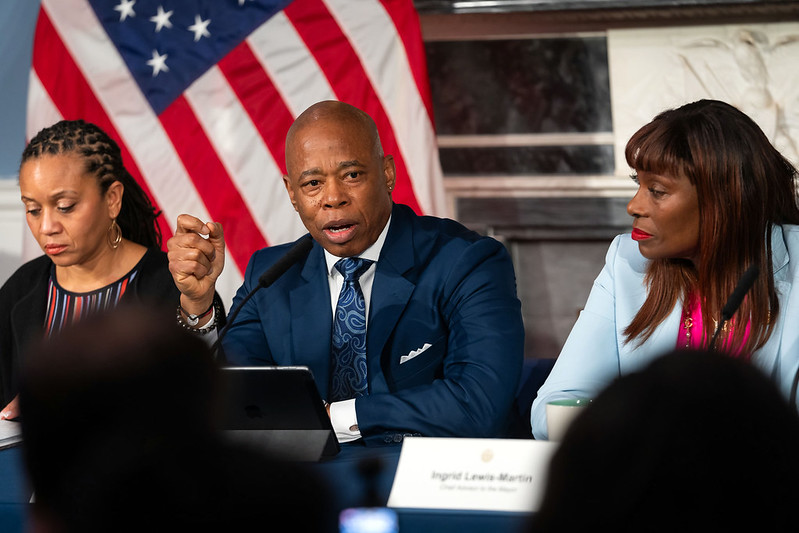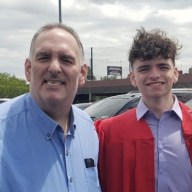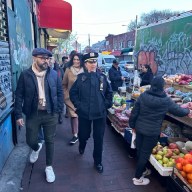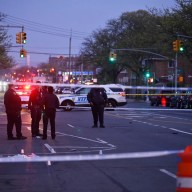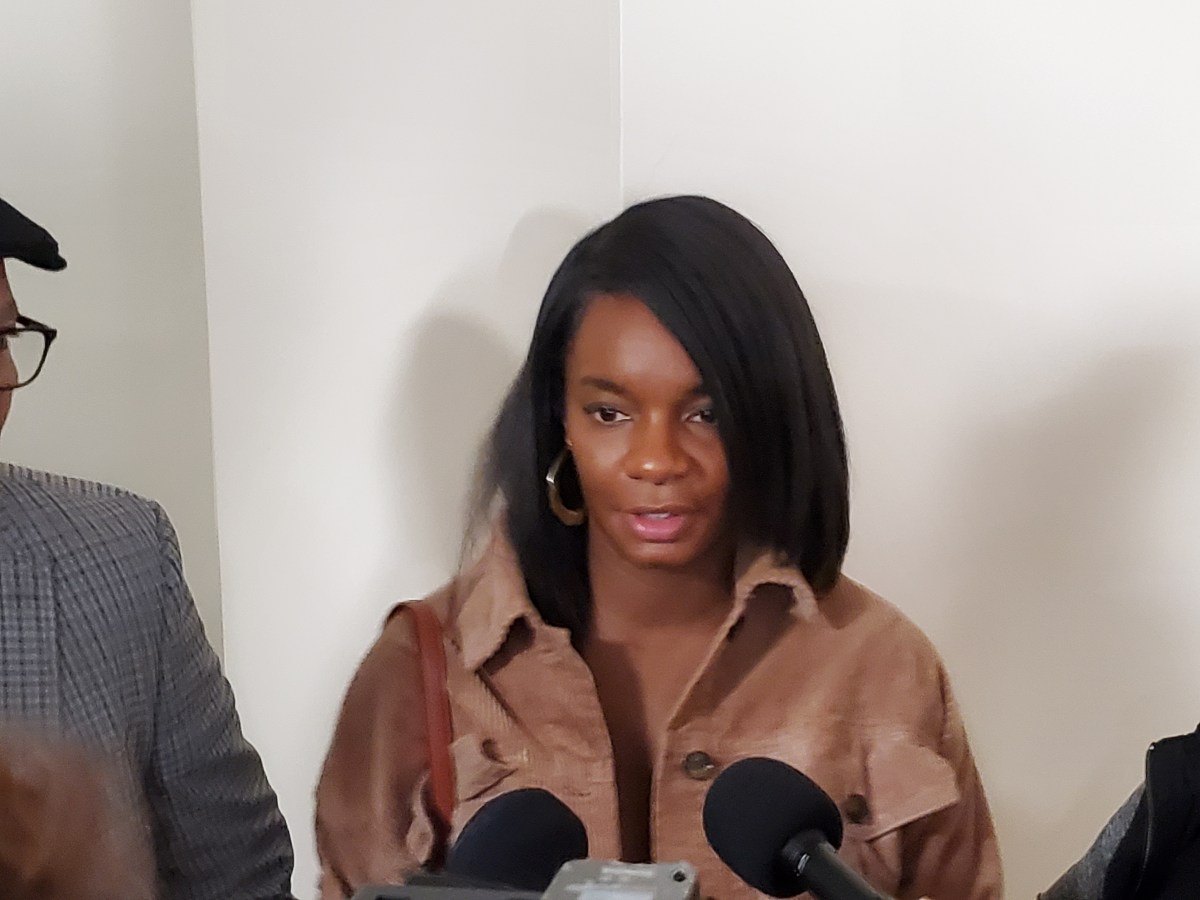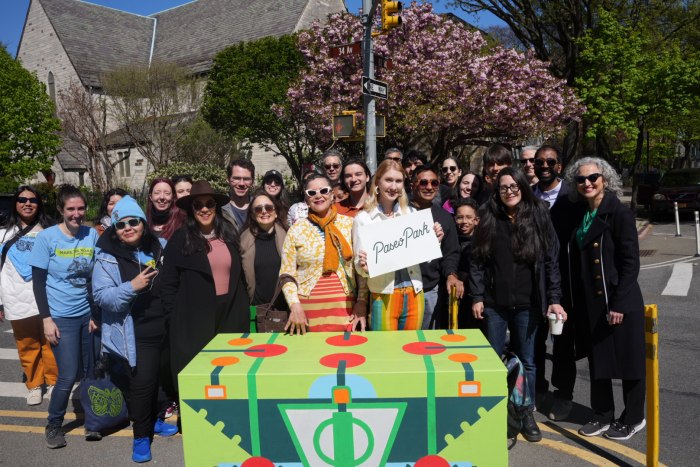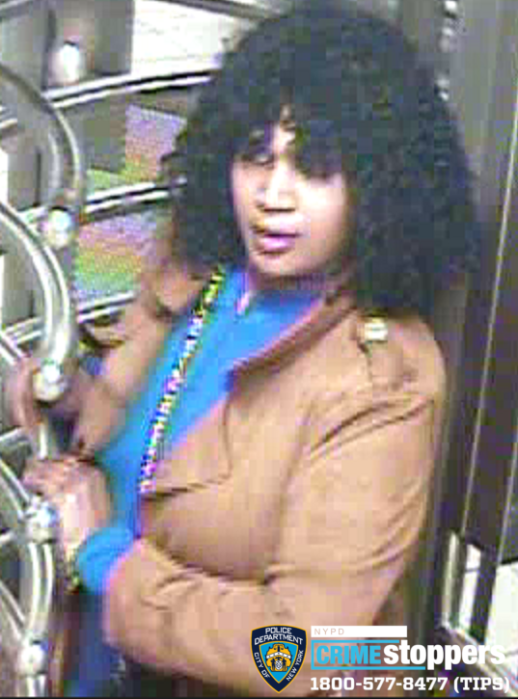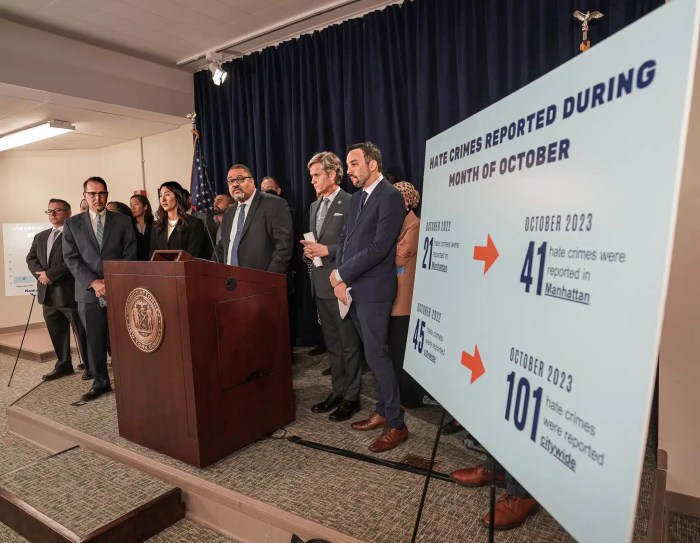A federal court judge has dealt a blow to a group that is trying to get the city to restore a cemetery that once stood on land that is now a Flushing playground.
Last Friday, Federal Judge Leo Glasser denied a preliminary injunction sought by a group of descendants of those buried in the mostly African-American graveyard. He is now deliberating whether to dismiss the case which names the City of New York, Parks Commissioner Adrian Benepe and Comptroller William C. Thompson Jr.entirely or hear arguments on both sides.
"He said we didnt show irreparable harm," said Paul Kerson, the attorney for the plaintiffs. "But this is not just about the dead, its about the living. Its a continuing injury every single day."
According to a city-funded study, the 3.5 acre playground at 46th Avenue and 164th Street was used as a graveyard for the poor during the 19th century and may at one time have contained as many as 1,000 mostly African-American and Native American dead. A 1919 survey of Queens cemeteries listed the names of many of those buried there.
"Its hallowed ground," said Mandingo Tshaka, a descendant of those buried in the cemetery and one of the plaintiffs in the case. "But people bring their dogs there to deficate and urinate." Tshaka noted that Flushing cemetery, where 19th-century white families were buried, sits just across 46th Avenue with its attractive landscaping and manicured lawns. "They never would have done this to [the African-American cemeterys] sister across the street," he said.
For Tshaka and the other plaintiffs, the fate of the cemetery is linked to the historic oppression of African and Native Americans by European descended Americans. "The city has eradicated a peoples history from view," he said. "The five boroughs are full of African-American graveyards, but you cant see them."
At the hearing, Kerson argued that in 1898, when the boroughs were consolidated into a single municipality, the comptroller was assigned the duty of maintaining all the citys cemeteries. Kerson called the failure of a century of city comptrollers to care for the cemetery, "a shocking and flagrant violation of law."
However, lawyers for the city counter that the community surrounding Martins Field uses the playground regularly and is very much against changing it back into a cemetery. They also contend that it could take as many as four years and possibly $4 million to remove the playground.
As to the plaintiffs allegations of racism in the decision to destroy the graveyard, city court papers say, "There is no reason to believe that the playground was built in order to discriminate against the plaintiffs, for there is no reason to believe the defendants even knew who the plaintiffs were when the playground was built."
Additionally, city lawyers said as many as 30 city parks were built on top of cemeteries, including Bryant Park, Washington Square Park and Foley Square. "There is no allegation that the city is closing down parks to accommodate historic cemeteries for groups who are not Black or American Indian and that it refused to do so only for the plaintiffs," the city court papers contend.
Local people who wish to tell Judge Glasser how they feel about the fate of Martins Field may fax him at (718) 260-2447 or send letters to Judge Leo Glasser, US District Judge, 225 Cadman Plaza East, Brooklyn, NY 11201.
If Douglaston Hill is approved by the Landmarks Commission, it will be only the sixth city-designated historic district in Queens, but the 74th in the city. Prospect Park South in Brooklyn, Riverdale in the Bronx and St. George in Staten Island are the only landmark districts that include single-family residential homes.








